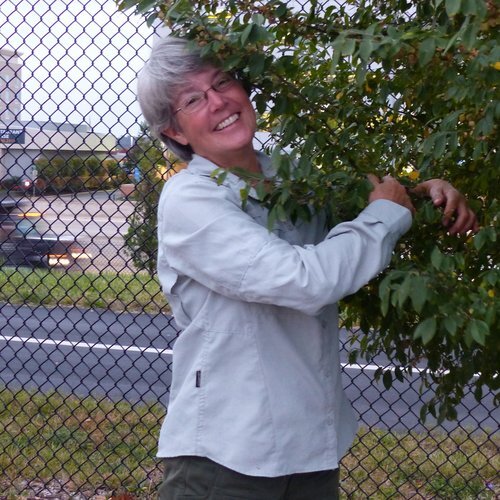
Billy Haag, Nature Reserve Steward
“The seed heads and pods from spent flowers can be left for the fall and winter landscape. They are visually interesting and provide food for wildlife.”

Patrick Greenwald, Horticulturist
“It is important to monitor the moisture available to evergreen shrubs and trees during the fall and winter. Since they do not shed their leaves like deciduous plants, they need more water during the fall and winter.”

Catherine Hu, Nature Reserve Steward
“Fall is a great time to collect and process seed. Seeds with fleshy fruit surrounding them don't store well and should be planted right away. Other seeds can be dried and stored in a cool place like a refrigerator until ready to be planted.”

Meghan Johnston, Horticulturist
“Fall is a great time to plant, move and divide perennials.”

Margaret Cartaya Seago, Gardener
“Newly planted trees and shrubs need water through the winter. Just because they are dormant doesn’t mean they no longer need care.”

Hilary Sears, Horticulturist
“When cutting back flowers in the fall and winter, leave stems 4”-6” tall. Many pollinators over winter in hollow stems.”

Theo Smith, Nature Reserve Technician
“Winter is one of the best times to plant trees, especially those that provide winter habitat and food sources for animals such as Hackberry (Celtis occidentalis) and Persimmon (Diospyros Virginiana).”

Faith Warren, Horticulturist
“Use small evergreens and cool season annuals to create interesting winter containers. You can use interesting limbs and branches to create striking focal points.”

Nancy Willis, Horticulturist
“If you want a quick pick-me-up you could add some cool weather annuals. Mums and asters can give instant color, then add some grasses and kale for texture. Put those in the bed or in a pot and spruce it up with some colorful gourds.”









